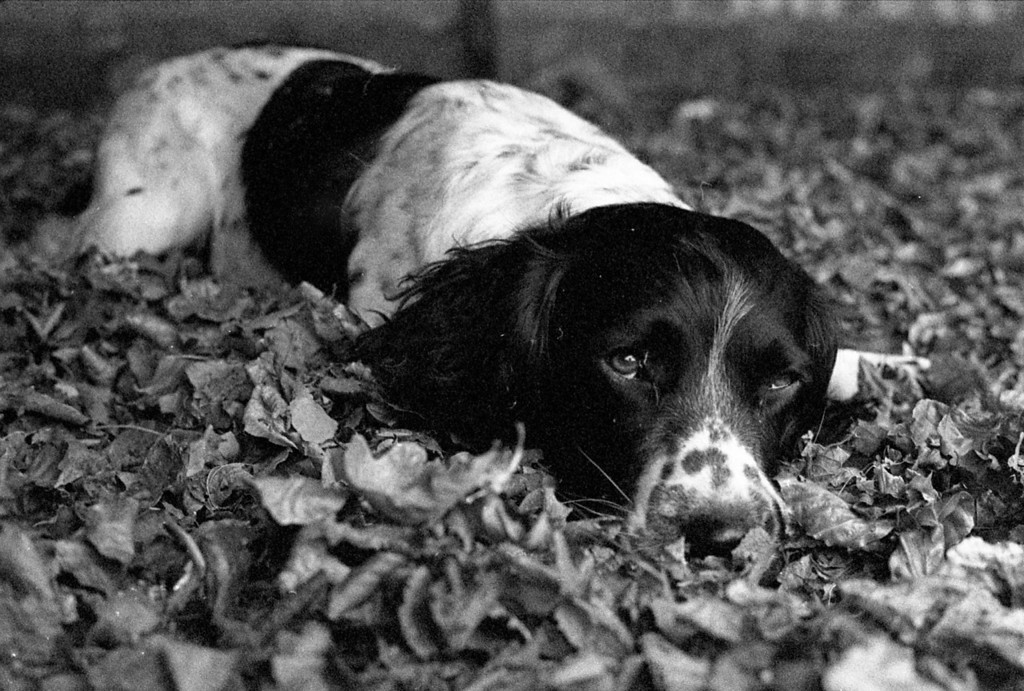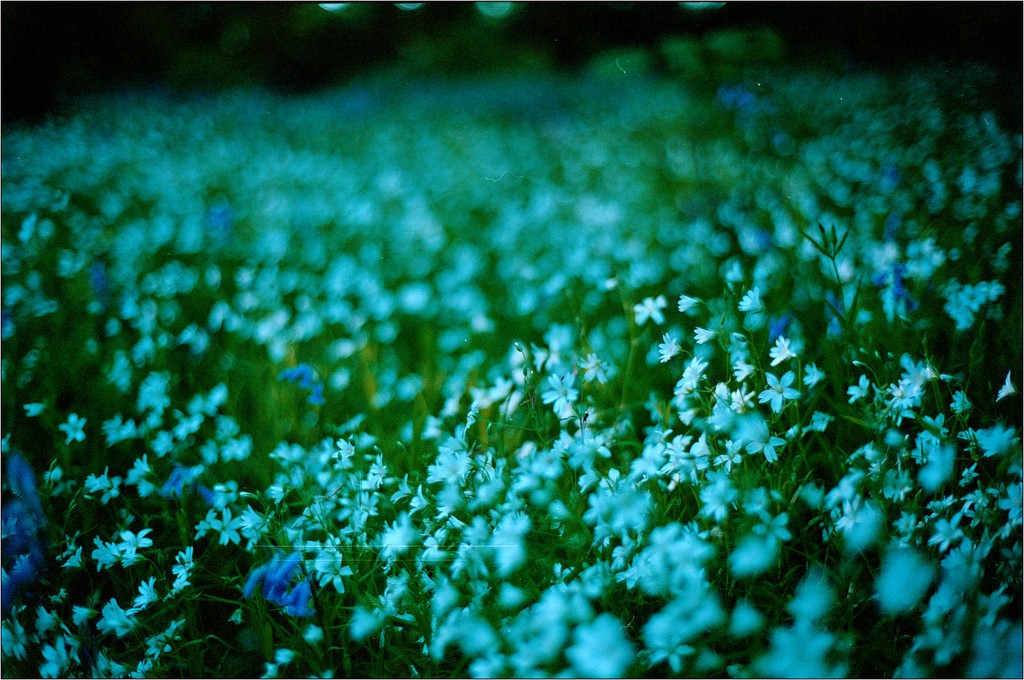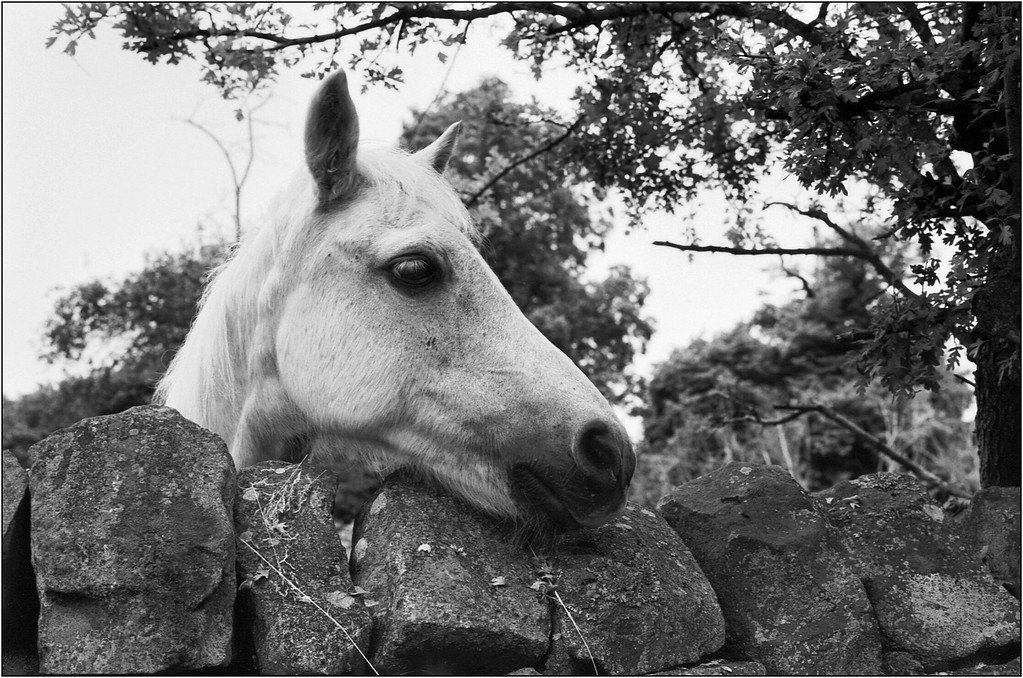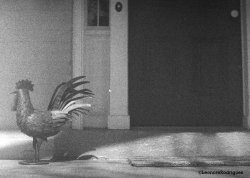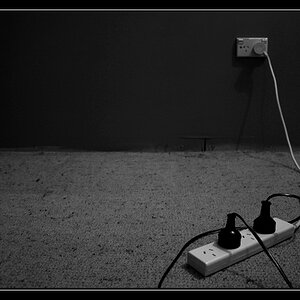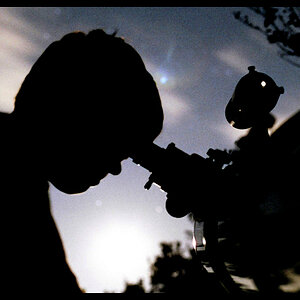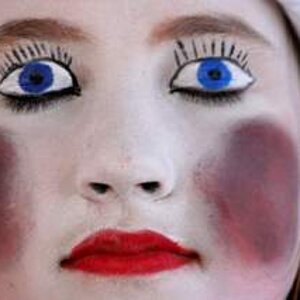KaraElizabeth
TPF Noob!
- Joined
- Jul 18, 2013
- Messages
- 26
- Reaction score
- 7
- Location
- Indianapolis, IN
- Can others edit my Photos
- Photos OK to edit
So here's the thing... I took a risk on 8 rolls of expired 120 film. I really love crazy looking photos that can come from this and I got a good deal so I'm not too worried. I just want to make sure I expose it correctly. Does anybody have any tips for one (or all) of these films? I also contacted the companies individually. Fuji has responded and has no advice fro me. Psh. But I saw randomly on a Flickr photo or discussion or something that someone had to treat a film as a different speed because of the age, so now I'm curious.
Kodak
- 400 Color Negative film from October 1998.
- Tri-X Pan Black and white, ISO 400 from Janurary 200
Ilford
- FP4 ISO 125 Black and White from May 1993
- Pan F Plus 50 Black and White from October 2004
- XP2 400 Black and White from December 1997
- XP2 Plus 400 Black and white from July 2001
Fujifilm
- 2 Rolls of Fujichrome 64T Pro Color ISO 64 from December 1988
Thank you!
Kodak
- 400 Color Negative film from October 1998.
- Tri-X Pan Black and white, ISO 400 from Janurary 200
Ilford
- FP4 ISO 125 Black and White from May 1993
- Pan F Plus 50 Black and White from October 2004
- XP2 400 Black and White from December 1997
- XP2 Plus 400 Black and white from July 2001
Fujifilm
- 2 Rolls of Fujichrome 64T Pro Color ISO 64 from December 1988
Thank you!

